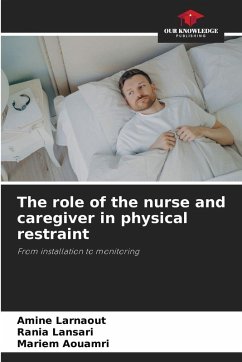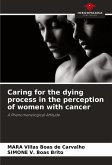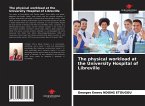Introduction: Physical restraint is a therapeutic procedure used to immobilize an agitated patient. Although it is an effective therapeutic precedent, especially in states of agitation, the practice of physical restraint is not devoid of risks, requiring a codified implementation technique and special monitoring. Materials and methods:Our study was a cross-sectional descriptive study based on a questionnaire containing a set of questions on general and professional characteristics, the decision to use physical restraint, its prescription, its means, its monitoring, information for the patient and his or her relatives, the risks of physical restraint, the patient's experience, the caregiver's experience and the caregiver-caregiver relationship. Results: Our study showed the limited level of knowledge of psychiatric nursing staff regarding physical restraint.Conclusions:A physical restraint protocol, codifying the technique used and the parameters for monitoring physical restraint,is needed.
Bitte wählen Sie Ihr Anliegen aus.
Rechnungen
Retourenschein anfordern
Bestellstatus
Storno








